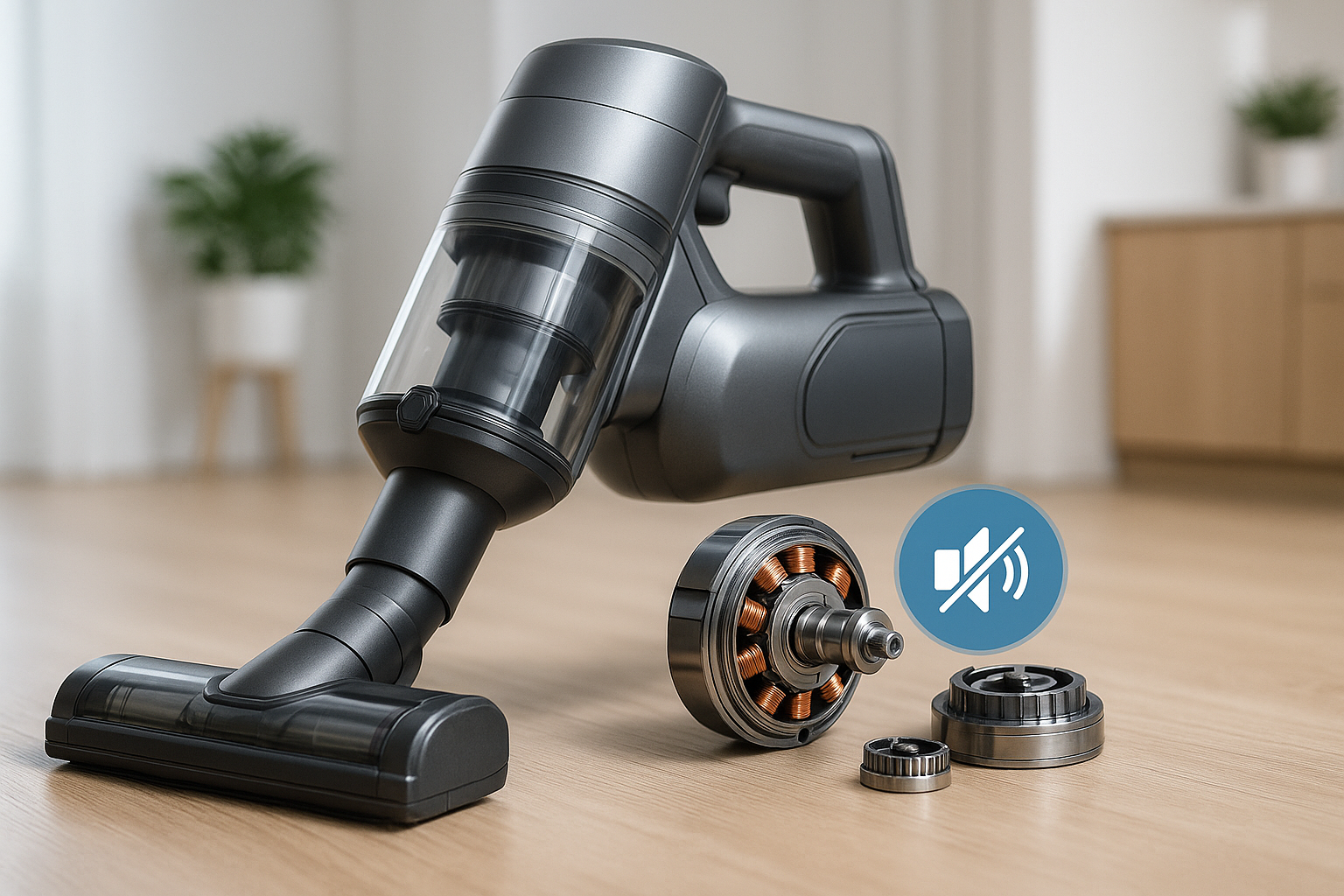 Brushless motors are changing the game for vacuum cleaners in the U.S. market, offering benefits that appeal to both everyday users and cleaning enthusiasts. But are they always the best choice? Here’s what you need to know.
Brushless motors are changing the game for vacuum cleaners in the U.S. market, offering benefits that appeal to both everyday users and cleaning enthusiasts. But are they always the best choice? Here’s what you need to know.
Key Advantages of Brushless Motor Vacuums
The biggest perk is energy efficiency. Because brushless motors don’t rely on physical brushes, they reduce friction and energy loss, resulting in better performance and longer lifespan. Bob Vila notes that these vacuums often deliver stronger, more consistent suction while using less power. Plus, they’re generally quieter—a huge plus for families or apartment dwellers.
Another advantage is less maintenance. No brushes means less wear and tear and fewer parts to replace. For cordless models, improved battery efficiency means longer runtime between charges, as highlighted by Popular Mechanics. Many brushless motor vacuums are lighter and easier to maneuver as well.
Potential Drawbacks
However, brushless motor vacuums aren’t perfect. They tend to be more expensive up front. And while their durability is high, repairs can be more complicated or costly if something does go wrong, since these motors are often paired with advanced electronic controls. According to Digital Trends, some users may find that replacement parts are less widely available than for traditional brush models.
It’s also important to remember that overall Suction power filtration weight noise attachments runtime corded cordless portability wet dry vacuum cleaner design matters—a brushless motor doesn’t guarantee the best performance unless the rest of the system is up to par.
Conclusion
Brushless motor vacuums offer quieter, more efficient cleaning and less maintenance, but with higher upfront costs and sometimes pricier repairs. They’re an excellent choice for anyone seeking long-term reliability and performance. Just be sure to look at the full vacuum design—not just the motor—before making your final decision.
Discover more vacuum technology insights and expert tips at www.lxvacuum.com.
















